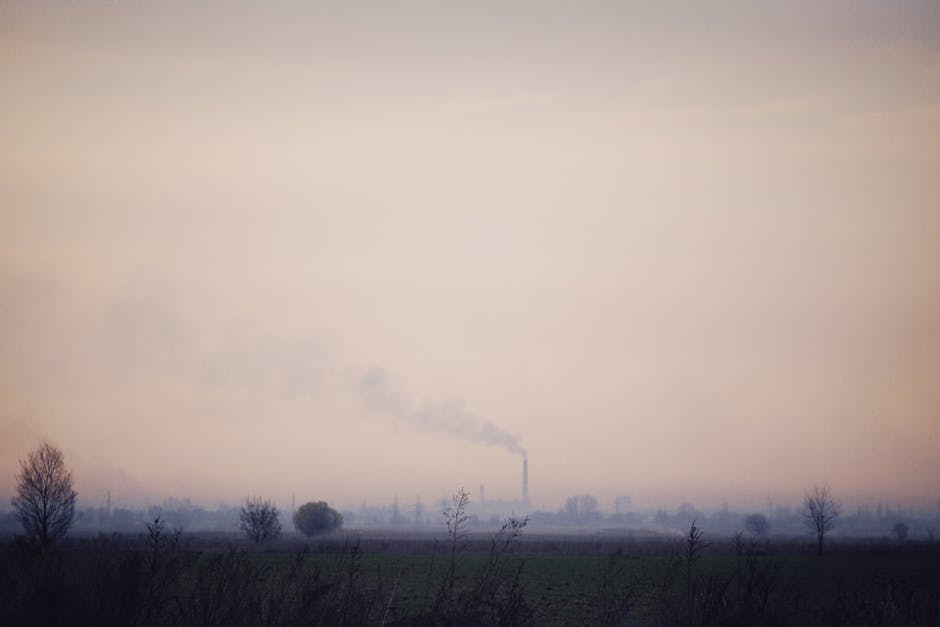**
In a stark warning echoing across the nation, US Transport Secretary Pete Buttigieg has cautioned that a prolonged government shutdown could trigger “mass chaos” in the country’s transportation systems. As Congress remains deadlocked over budget negotiations, the looming threat of a federal shutdown threatens to disrupt critical infrastructure, air travel safety, and public transit for millions of Americans.
Government Shutdown Looms, Threatening Transportation
The US government is on the verge of a shutdown as lawmakers struggle to pass a funding bill before the September 30 deadline. If an agreement isn’t reached, federal agencies, including the Department of Transportation (DOT), will face major operational disruptions. This would result in thousands of employees being furloughed and essential services being delayed.
Speaking at a recent press conference, Secretary Buttigieg made it clear that the transportation sector would be one of the hardest hit. “A shutdown doesn’t just mean political gridlock—it means real consequences for travelers, commuters, and businesses,” he stated, highlighting the real-world impact of the political impasse.
Aviation Safety and Air Traffic Control at Risk
One of the most immediate concerns is the shutdown’s impact on aviation. The Federal Aviation Administration (FAA), which manages air traffic control and safety oversight, would be forced to furlough a significant portion of its workforce. While air traffic controllers are deemed essential and would remain on the job, they would not be paid until the shutdown ends.
The US transport secretary warns that this scenario could heighten stress and lead to staffing shortages, similar to issues seen during past shutdowns that caused widespread flight delays and cancellations. “We cannot afford to gamble with aviation safety,” Buttigieg stressed, pointing to a system that a prolonged shutdown could push to its breaking point.
Public Transit and Infrastructure Projects in Jeopardy
Beyond the airports, a government shutdown would halt federal funding for public transit agencies, highway maintenance, and major infrastructure projects. The DOT’s ability to distribute grants, particularly those from the Bipartisan Infrastructure Law, would be severely hampered, delaying critical construction and repairs nationwide.
Local transit agencies that depend on federal reimbursements could face severe cash flow problems, potentially forcing them to cut services or raise fares. “This is not just a Washington problem—it’s a problem for every American who depends on buses, trains, and roads,” Buttigieg explained.
The Economic Fallout of a Shutdown
The negative effects of a government shutdown extend beyond furloughed federal employees and ripple throughout the wider economy. Transportation-dependent industries, including trucking and logistics, could experience significant bottlenecks as federal permits and safety inspections grind to a halt.
Economists warn that a prolonged shutdown could negatively impact GDP growth. The ripple effect of delayed projects and payments to federal contractors could harm small businesses and slow economic momentum.
What Happens Next?
With only days left, the fate of government funding hangs in the balance. As the political standoff continues, Secretary Buttigieg’s warning about ‘mass chaos’ if the gov’t shutdown prolongs serves as a dire reminder of the high stakes involved.
“A government shutdown isn’t just a political failure—it’s a failure to the American people,” he concluded. As the clock ticks down, the nation watches, hoping Washington can find a solution to keep the country’s transportation systems moving.




